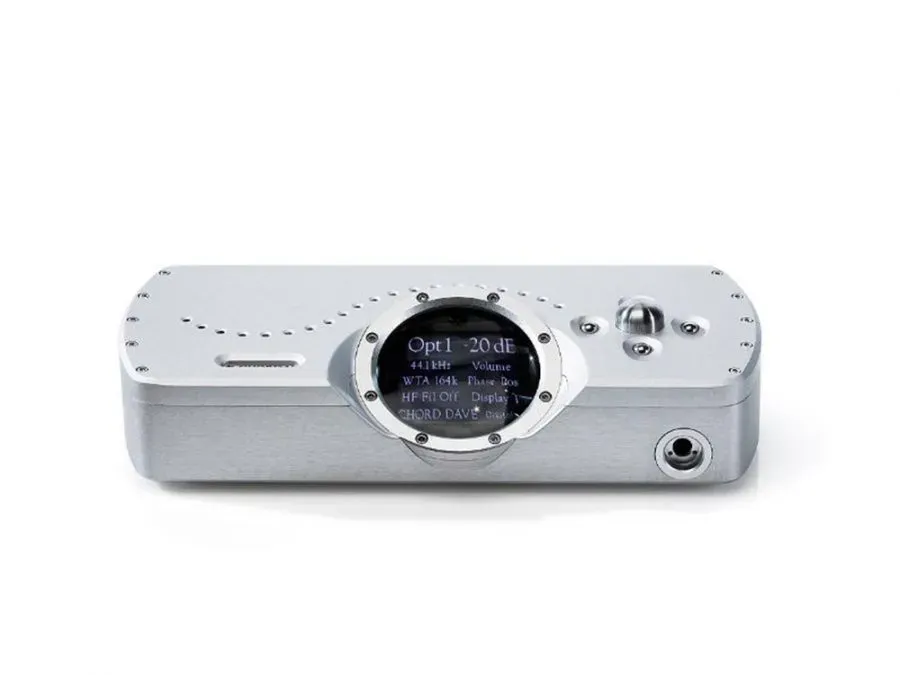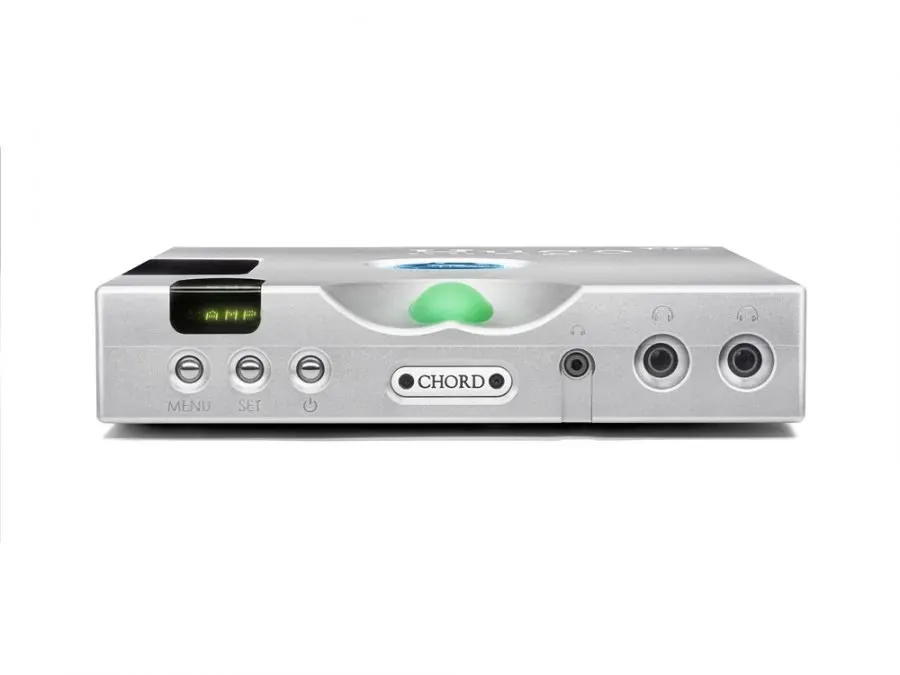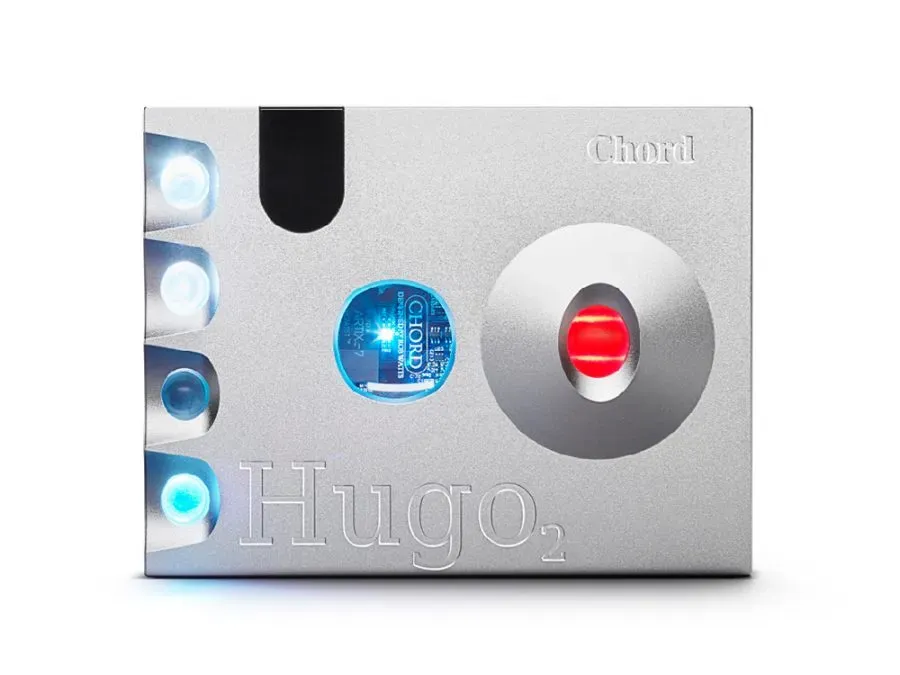DACs — Chord QUTEST
Description, images, technical data and specifications
Chord QUTEST
Image source — © Chord
A compact DAC with a unique digital stuffing on programmable FPGA arrays, the entire digital path is implemented using the algorithms of Rob Watts, chief digital Engineer at Chord Electronics.
Specifications
Model name
QUTEST
Conversion type
N/A
Engine
Xilinx Artix 7 (XC7A15T) FPGA
DSD compatability
N/A
Parameters
N/A
Frequency response low +/- 3dB (Hz)
20
Frequency response high +/- 3dB (Hz)
20 000
Gain (dBu)
N/A
Output Level (balanced) (V)
N/A
Output Level (single-ended) (V)
N/A
Input Impedance (balanced) (Ω)
N/A
Input Impedance (single-ended) (Ω)
N/A
Output Impedance (balanced) (Ω)
N/A
Output Impedance (single-ended) (Ω)
N/A
Analog outputs
N/A
Signal to Noise Ratio (dB)
N/A
Total Harmonic Distortion + Noise (% at 22 kHz)
<0.0001
Dimensions (mm)
45 x 160 x 88
Weight (kg)
0.77
Official link
More components

DACs
Chord DAVE

DACs
Chord HUGO TT 2

DACs
Chord HUGO 2

DACs
Chord Hugo TT2


